Nature & Outdoor Activities
Romantic or Fairytale: German Holiday Routes
In Germany, there are about 150 holiday routes waiting for you to discover. We would like to introduce you to some beautiful holiday routes.
Love: The Romantic Road
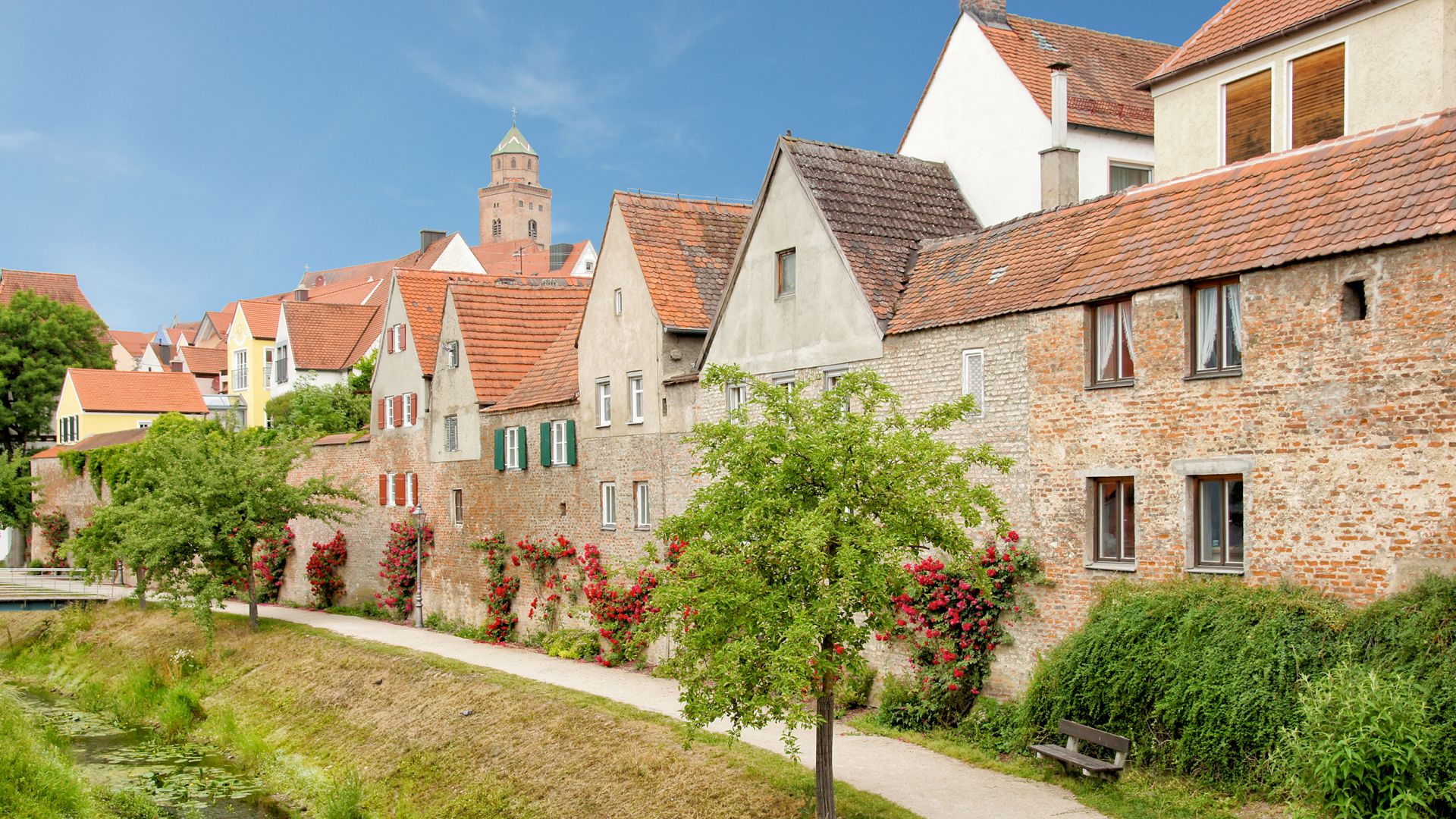 Donauwörth
©Romantische Straße Touristik-Arbeitsgemeinschaft GbR
Donauwörth
©Romantische Straße Touristik-Arbeitsgemeinschaft GbR
It is the oldest and best known of all German holiday routes: the Romantic Road. If you decide to take the tour from Würzburg to Füssen, you will get to know Germany at its most romantic, playful and historic. This tour takes you through medieval towns and fairytale castles, through the pretty half-timbered houses and narrow alleyways of Rothenburg ob der Tauber , to the magnificent Wieskirche church and Neuschwanstein Castle. If you travel on foot or by bike, you will also enjoy the lovely Tauber valley, the Nördlinger Ries or the Lechrain, with its important cultural landscapes. The Romantic Road is 460 kilometres long.
Rapunzel, Rapunzel: The German Fairytale Route
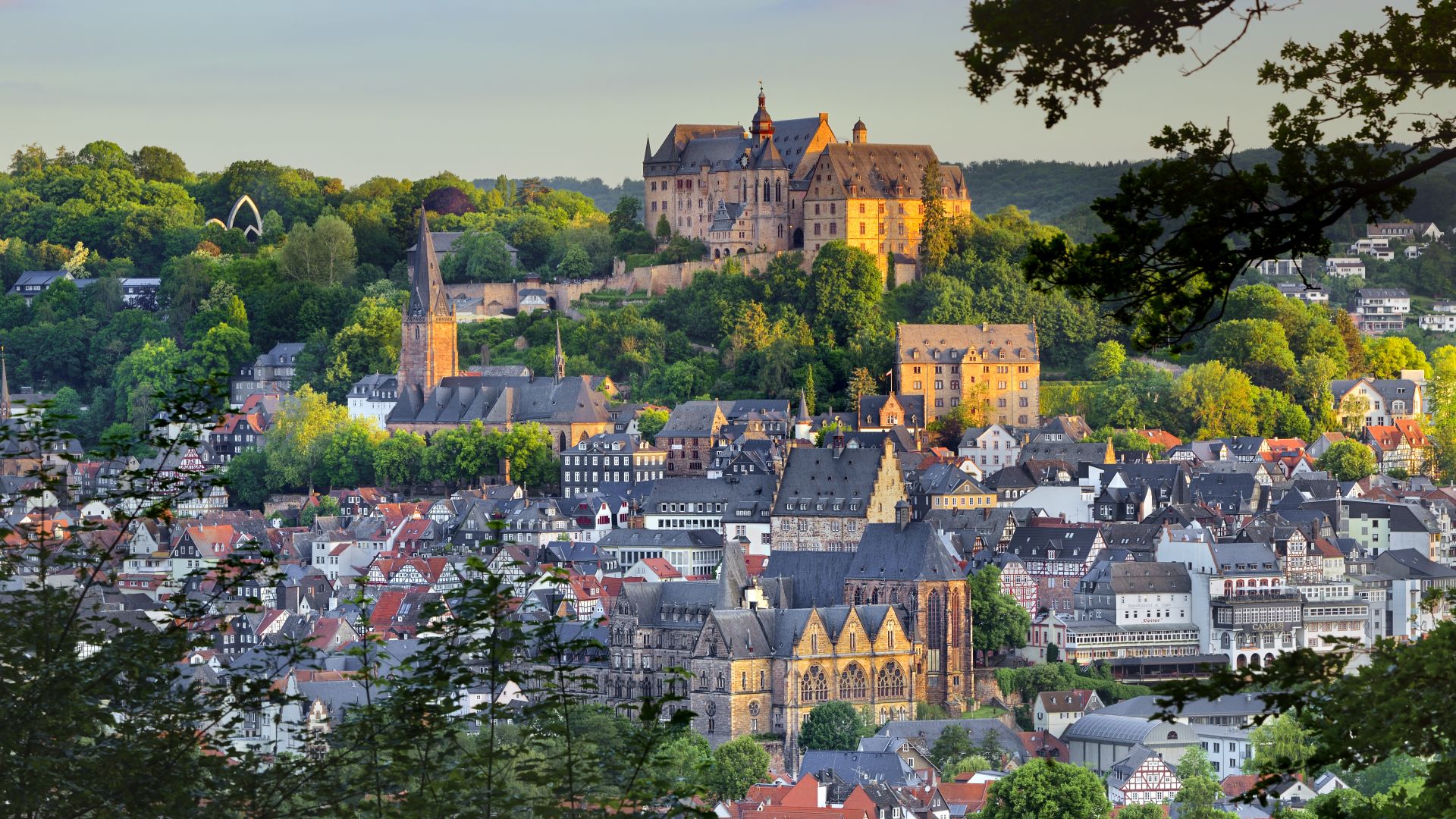 ©DZT (Francesco Carovillano)
©DZT (Francesco Carovillano)
The German Fairytale Routeis almost as well known - after all, it is dedicated to two famous German personalities and their world-famous stories: the Brothers Grimm. The route is 600 kilometres long and leads from the river Main up to the sea. It starts in Hanau, the birthplace of the brothers. In May every year, the Brothers Grimm Festival takes place here around Philippsruhe Castle. The route continues via the cosy student town of Marburg, where the brothers studied, to Kassel, where a museum commemorates their work, and ends in Buxtehude, way up in the north. In between are fairytale paths and barefoot trails, attractive castles, picturesque villages and landscapes, but above all many, many fairytale stories.
For Gourmets and Connoisseurs: The German Wine Route
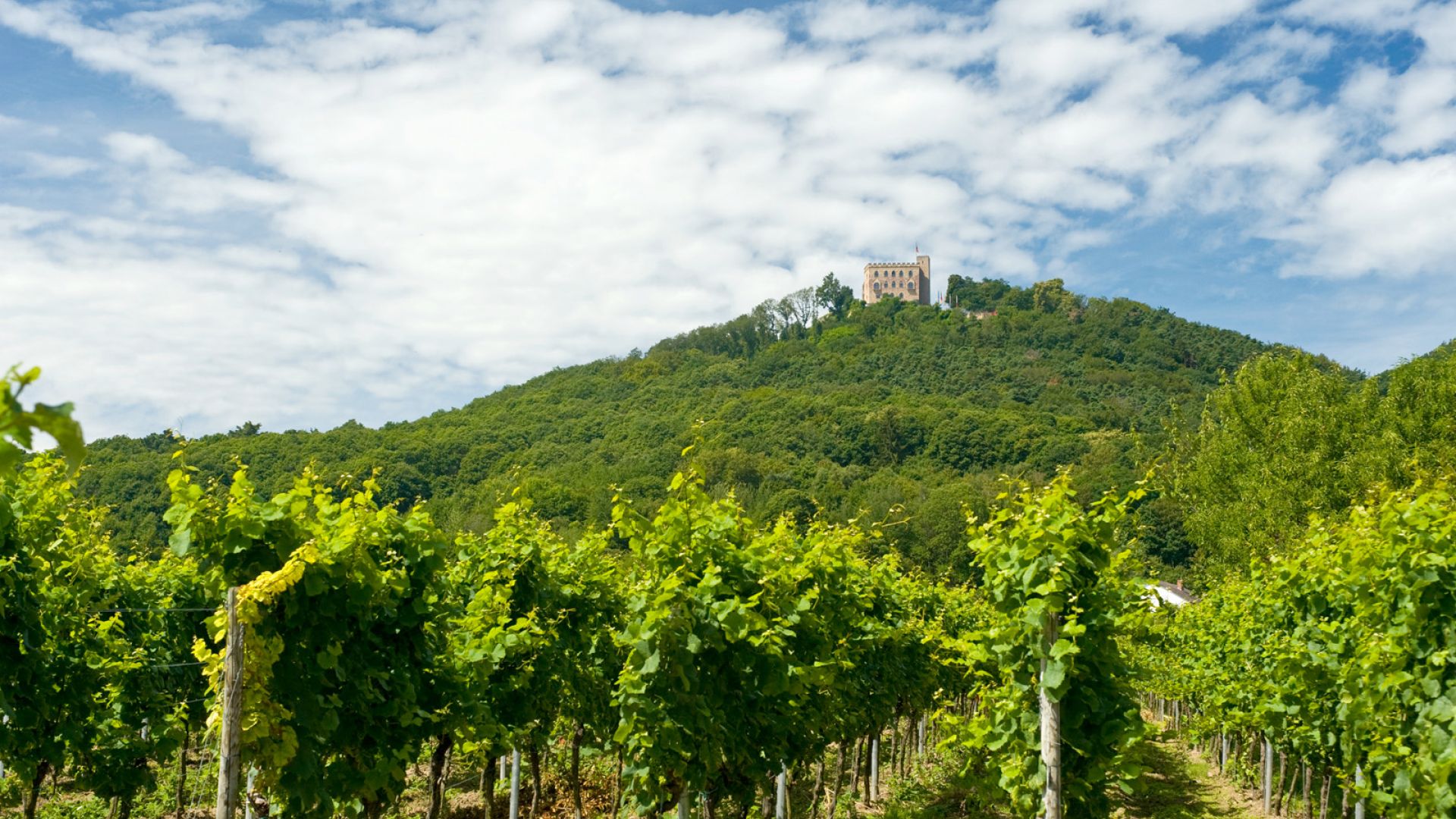 Neustadt: Wine-growing landscape with Hambach Castle
©Rheinland-Pfalz Tourismus GmbH (Dominik Ketz)
Neustadt: Wine-growing landscape with Hambach Castle
©Rheinland-Pfalz Tourismus GmbH (Dominik Ketz)
The German Wine Route will speak straight to the heart of any wine lover. There are always festive wine festivals taking place somewhere and in winter, magically decorated wineries and snowy landscapes enchant visitors: the Wine Route begins at the German Wine Gate in Schweigen-Rechtenbach and runs for 85 kilometres through the beautiful Vorderpfalz region to the House of the German Wine Route in Bockenheim. Along the way, you can feast on the diverse cuisines of Slowfood and Culinary Heritage establishments, visit Hambach Castle or Wachtenburg Castle, and enjoy picturesque villages and peaceful landscapes such as the UNESCO Biosphere Reserve Palatinate Forest. A journey for the eyes, the palate and the soul.
Educational and Relaxing: The Silver Route
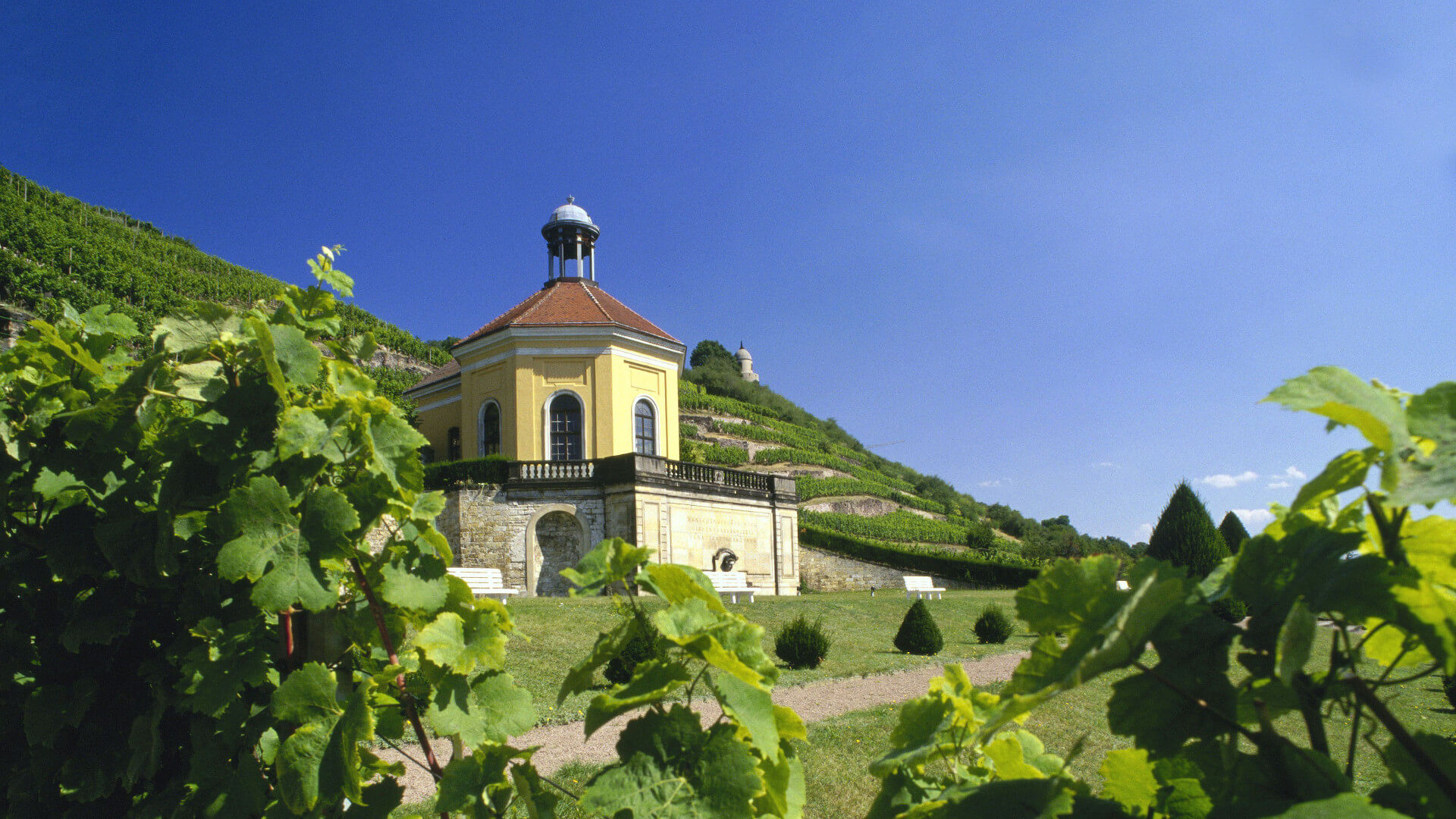 Radebeul: The wine-growing area Saxony
©Deutsches Weininstitut GmbH (DWI)
Radebeul: The wine-growing area Saxony
©Deutsches Weininstitut GmbH (DWI)
Take a historical tour of this precious metal along the 140-kilometre-long Silver Route and with it, a precious past. The sights, villages and landscapes are all related to the centuries-old mining and metallurgy industry. And so the holiday route takes you between Zwickau and Dresden to mining museums, open-air geological museums, nature trails and research mines such as the Himmelfahrt Fundgrube, a UNESCO World Heritage Site, with its "Alte Elisabeth" and "Reiche Zeche" pits. Impressive late Gothic style vaulted churches and Renaissance buildings bear witness to the former wealth of the mining regions and cultivate the past. Wonderful adventure hiking trails, thermal springs, cosy health resorts and small mountain towns like Schlettau provide great variety.
Naturally Impressive: The German Fehnroute
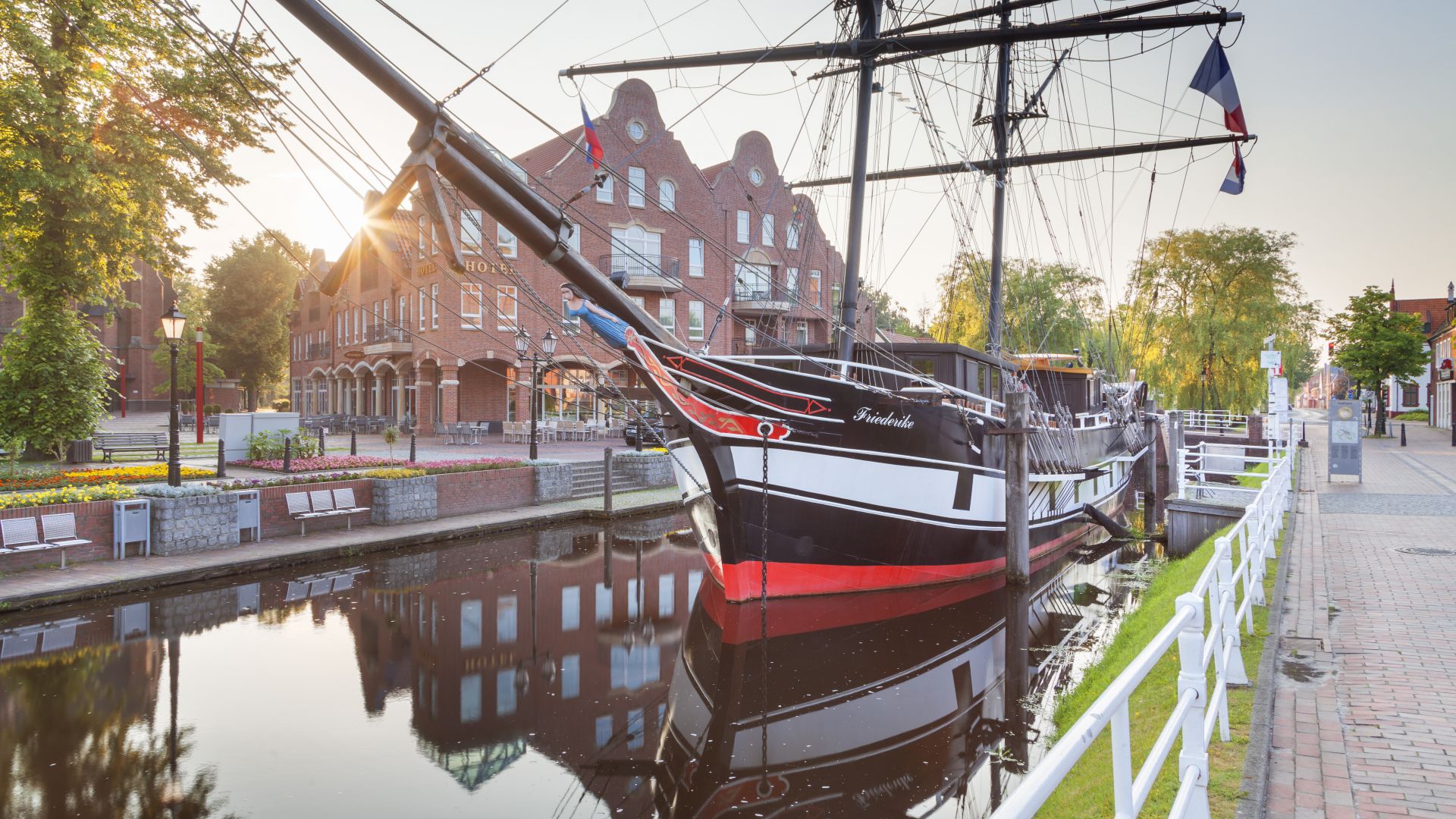 Papenburg: Ship in a sea port
©Lookphotos (Christian Bäck)
Papenburg: Ship in a sea port
©Lookphotos (Christian Bäck)
Explore the north of Germany by bike - it's wonderful on the German Fehnroute.Even those less athletically-inclined can master the approximately 170-kilometre route because it runs through the northern German lowlands, where the countryside is flat. Cycle through the typical East Frisian landscape with its countless moorland canals, locks, bridges and wild nature reserves. You will encounter romantic windmills and typical Nordic cottages with their red clinker brick construction. Many more attractions await you in the 20 smaller and larger towns that are linked to the Fehnroute. There are also nature trails and guided tours to visit the wild geese. For those who prefer to walk or drive the holiday route: that is also possible.
Turrets, Aristocrats and Eagles: The Castle Road
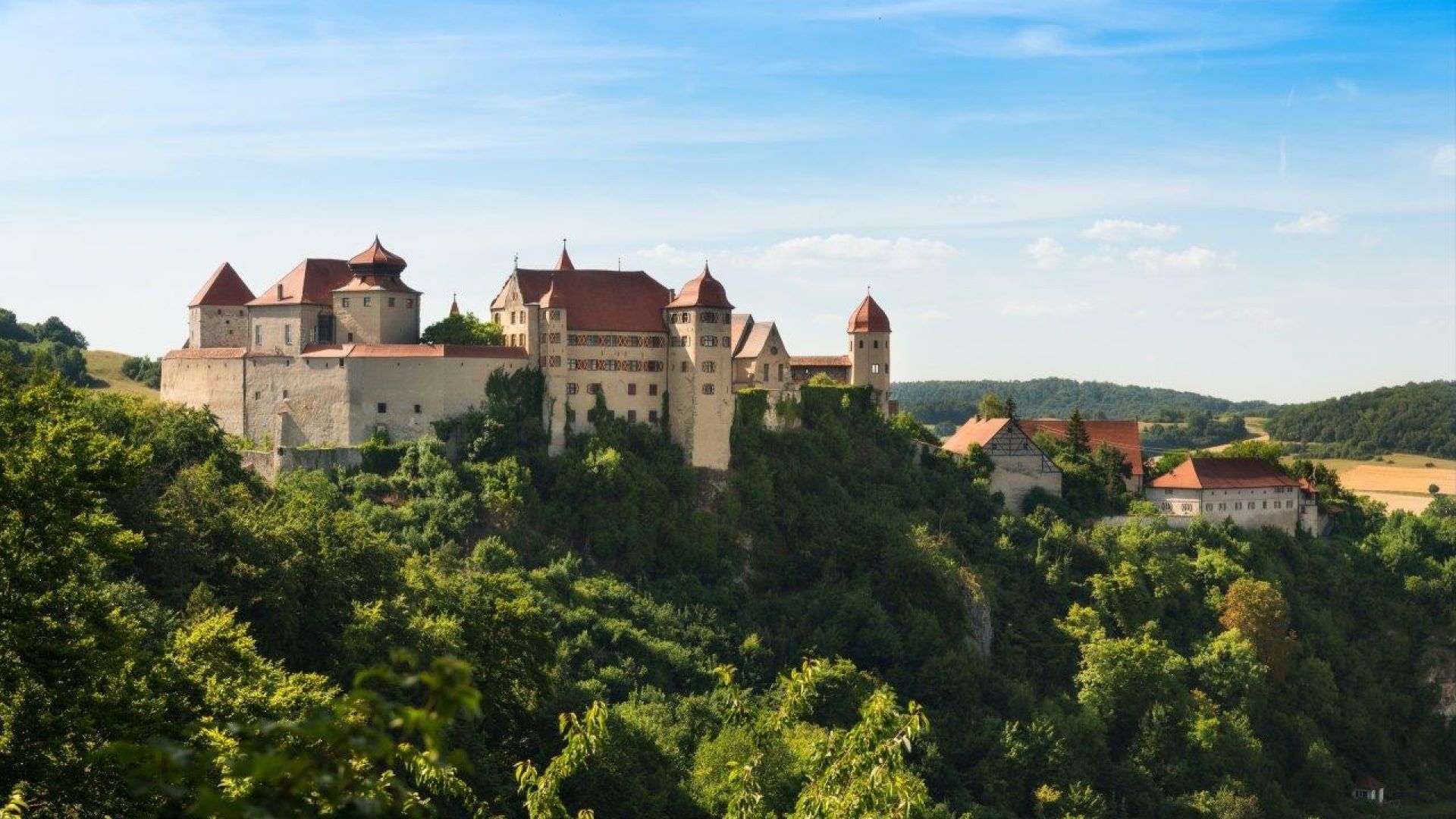 Harburg: Harburg Castle along the Romantic Road
©Romantische Straße GbR (Thomas Linkel)
Harburg: Harburg Castle along the Romantic Road
©Romantische Straße GbR (Thomas Linkel)
The Castle Road is one of the most impressive holiday routes, and no wonder, because 60 castles and palaces await you between Mannheim and 780 kilometres to Bayreuth. Pure architecture and genuine history. Besides the magnificent and fortified fortresses, many smaller attractions await you around these majestic sights: falconries, rustic pubs, forest climbing parks and caves, as well as medieval villages and exciting museums.
For Car Enthusiasts: The Bertha Benz Memorial Route
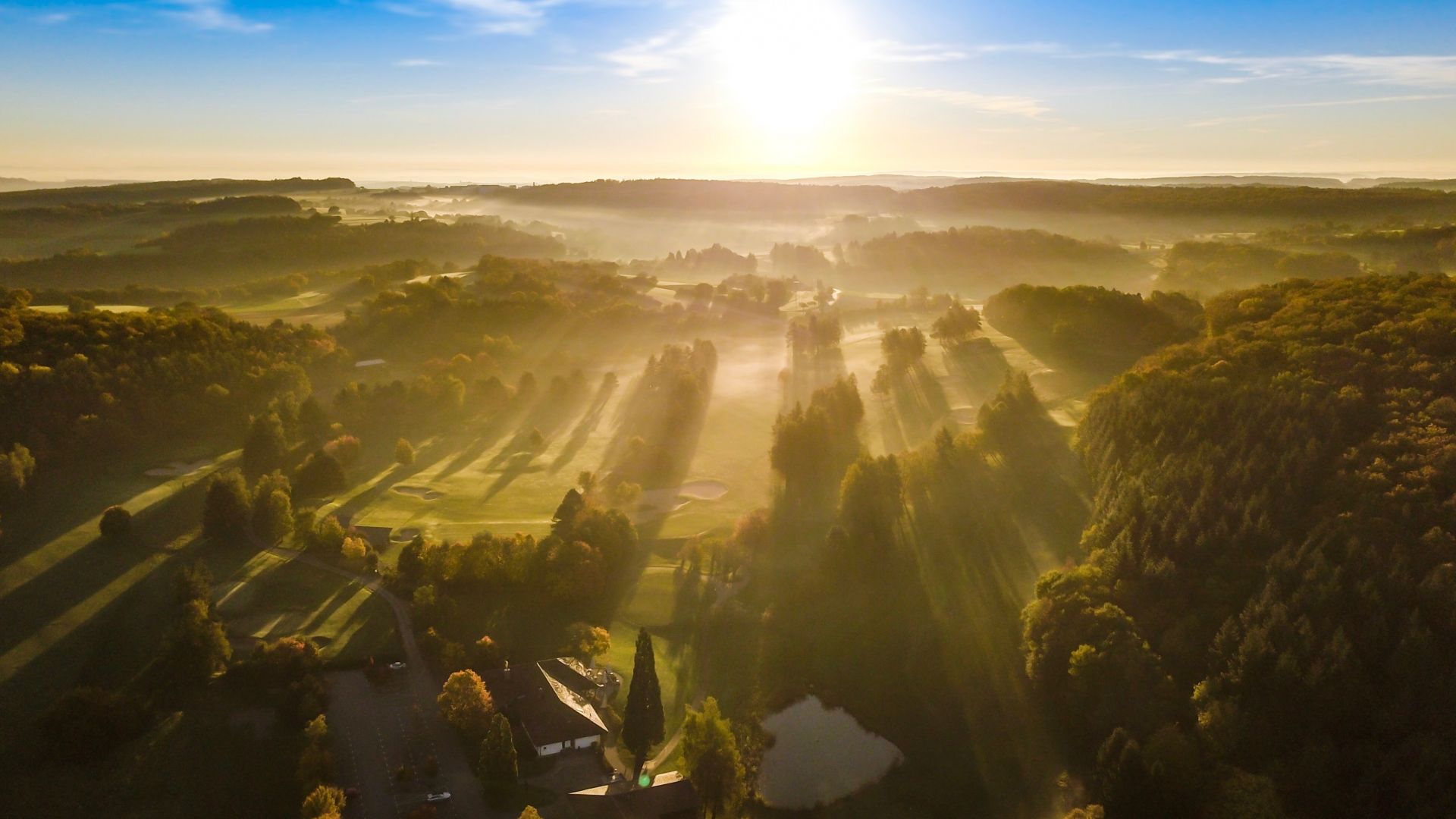 Pforzheim: Landscape of the northern Black Forest at sunset
©gettyimages (Dennis Bayer)
Pforzheim: Landscape of the northern Black Forest at sunset
©gettyimages (Dennis Bayer)
In January 1886, Carl Benz applied for a patent for a vehicle with combustion engine operation. Today, this day is considered the birth of the automobile. And although the vehicle looked very much like a carriage, with its three large wheels, no one wanted the engine-powered automobile even two years later. This put Carl Benz's wife Martha on the spot: without further ado, she borrowed her husband's horseless carriage and drove it from Mannheim to Pforzheim. The citizens could not believe their eyes, that's for sure. And yes, today you can see the result of this joyride on the roads of the world. And if you want to bring history to life, you too can drive along this German Holiday Route. The 104-kilometre route connects original sites while leading you through the beautiful Baden wine region. Along the route, many castles and places steeped in history are waiting to be explored. Among them: the Dr. Carl Benz Car Museum in Ladenburg.
Original and refreshing: the German Volcano Road
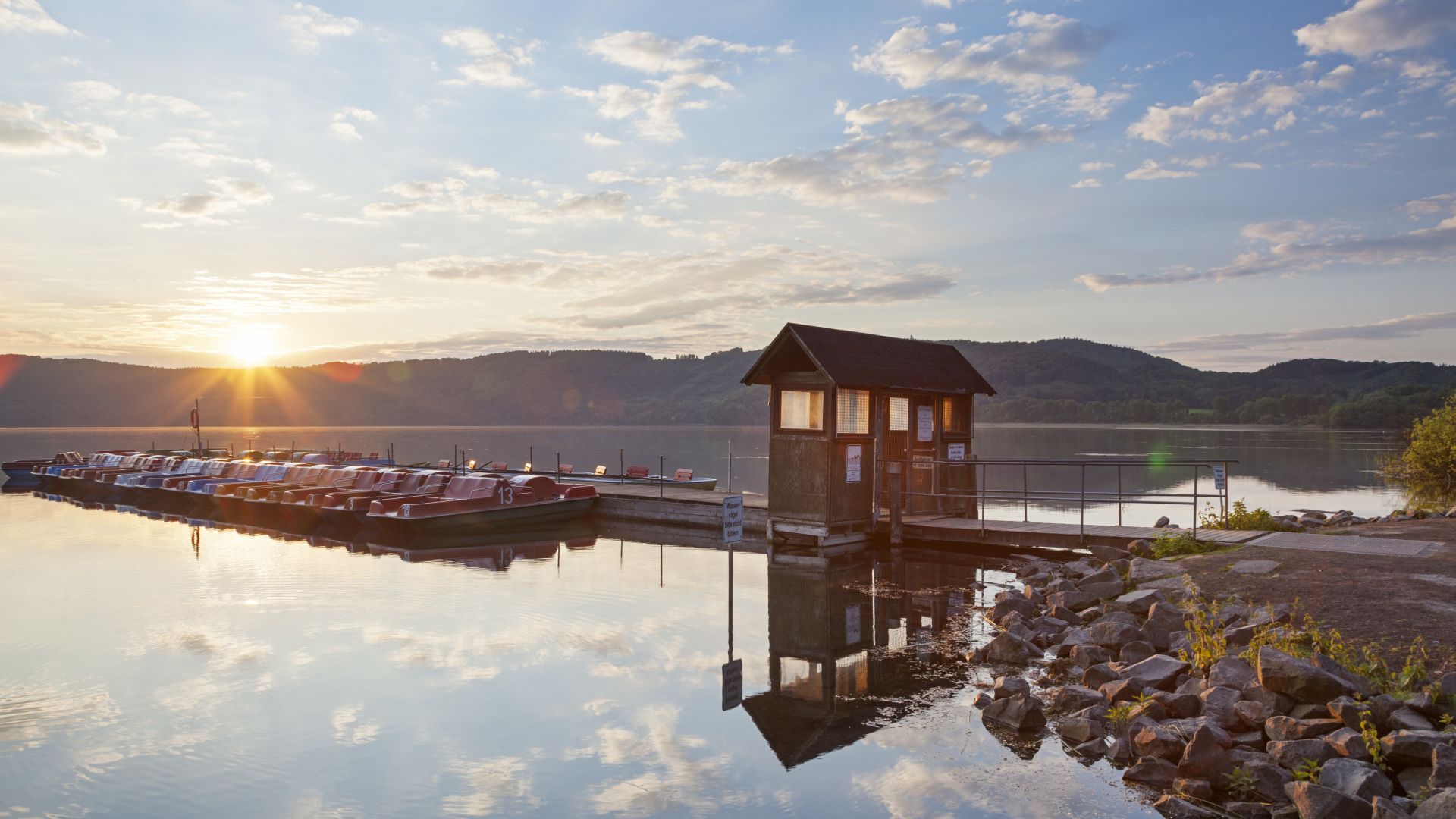 Glees: Sonnenaufgang über dem Laacher See, Vulkaneifel, Deutsche Vulkanstraße
©Lookphotos (Christian Bäck)
Glees: Sonnenaufgang über dem Laacher See, Vulkaneifel, Deutsche Vulkanstraße
©Lookphotos (Christian Bäck)
No volcanoes have been erupting in the Eifel for a very long time. The German Volcano Road, however, invites visitors on a journey of discovery into the fiery past along the 280-kilometre-long holiday route. There are 39 geological, cultural-historical and industrial-historical sights related to the topic of volcanic activity in the Eifel. The fiery natural heritage is presented in a clear and understandable way in museums, information centres and mines. The starting point is the Laacher See, the result of an eruption 13,000 years ago and also very beautiful to look at. Swimming is also allowed there. So - dive in.
Unique and Cosy: The German Road of Half-Timbered Houses
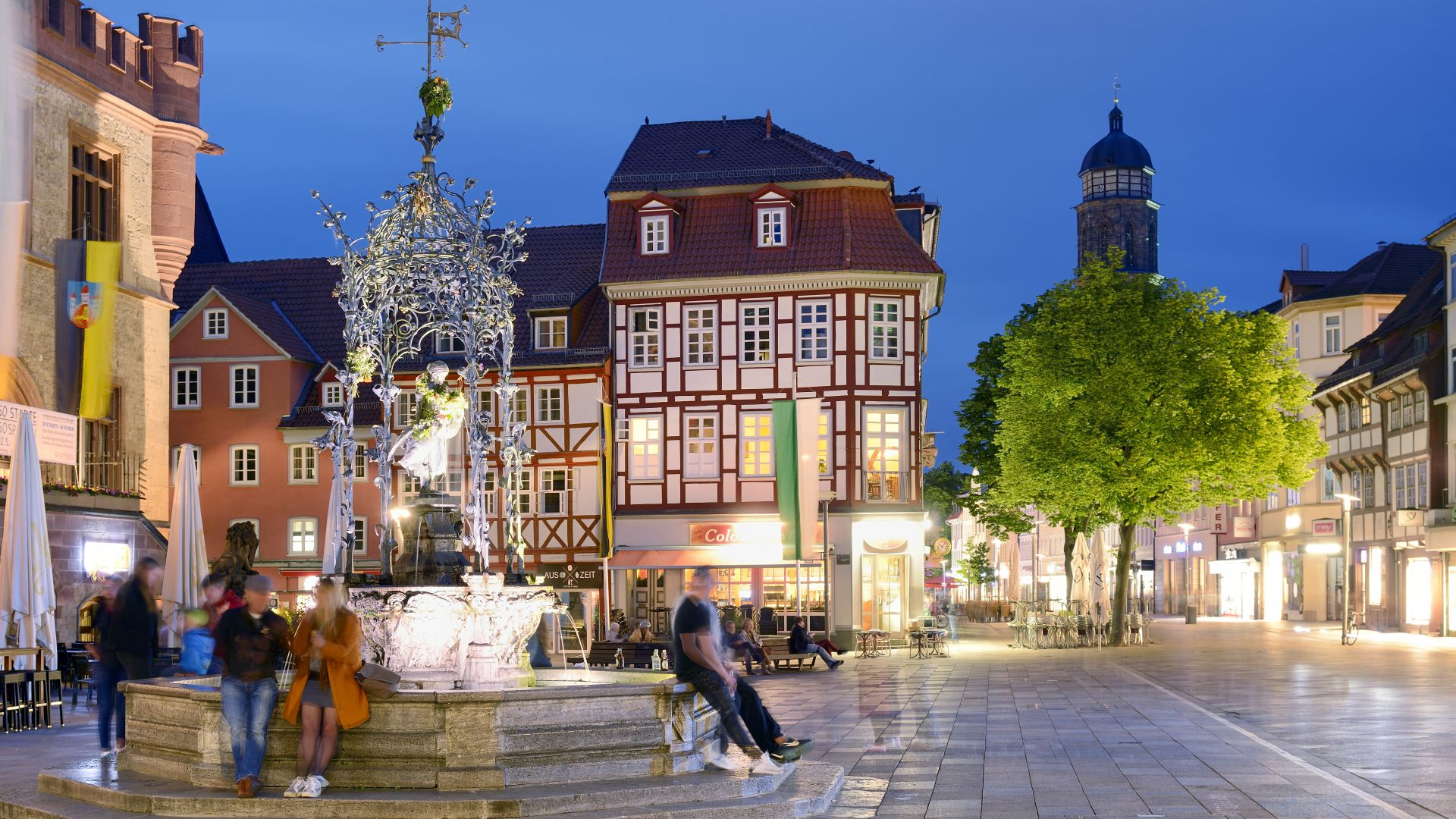 ©DZT (Francesco Carovillano)
©DZT (Francesco Carovillano)
The German Half-Timbered Houses Routeincludes 100 smaller and larger towns. On this road trip, delightful villages with medieval houses, richly decorated facades, winding alleys, quaint pubs and romantic town squares await you. The holiday route is like something out of a picture book, and of course it also includes beautiful landscapes, historical monuments and friendly people. It is divided into several sections and many of them are also suitable for cycling. In the Franconia stretch, for example, an enjoyable tour of wine and beer awaits you.